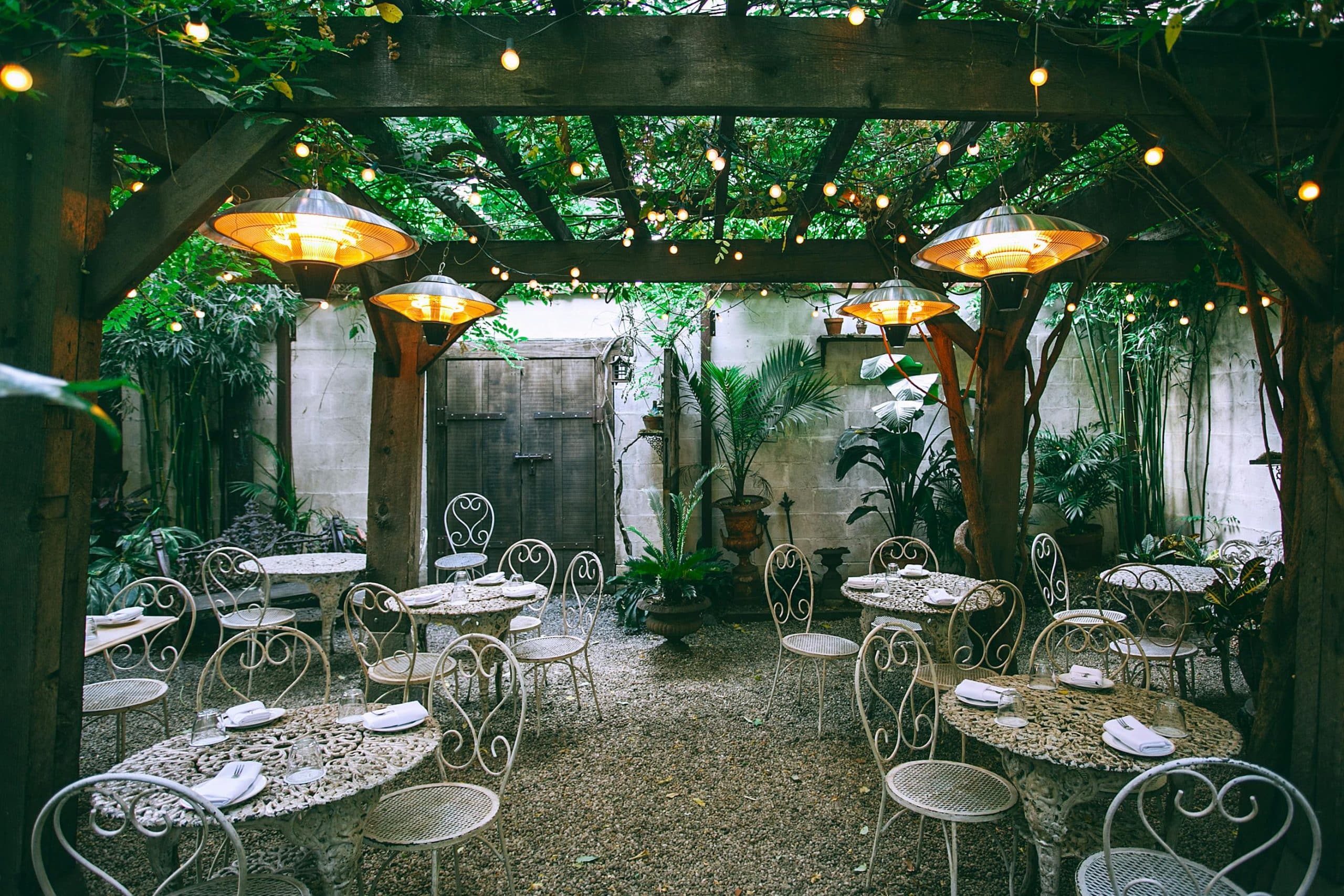Living in a high-rise apartment doesn’t mean you can’t enjoy the benefits of a lush, green garden. If you have a balcony, you can plant your green oasis right there. But what about watering? Do you have to come home from work at the exact time everyday just to water the plants? What about those few days you take off for a vacation? Relax! In the 21st century, it’s possible to automate anything, even plant watering. In this article, we will delve into the world of automated watering systems and how you can set up your own on a high-rise apartment’s balcony.
Choosing the Right Plants
Before getting into the nitty-gritty of how to automate the watering of your balcony garden, it’s important to understand your plant’s needs. Different plants have different water requirements. Succulents, for example, are drought-resistant and need less water compared to leafy ferns. So, it’s essential to research and pick plants that can thrive in the same watering conditions. This is the first step towards a healthy, thriving balcony garden.
Avez-vous vu cela : What Are the Best Solar-Powered Exterior Lights for a UK Garden?
If you are just getting started, it’s best to select drought-resistant plants that require less frequent watering. Lavender, Geraniums, and Yucca are some good options. These plants can withstand longer periods without water and are therefore more forgiving if your watering system malfunctions or you forget to check it for a few days.
Setting Up an Automatic Watering System
Once you’ve chosen the appropriate plants for your balcony, the next step is to set up an automatic watering system. An automatic watering system can provide a consistent supply of water to your plants, without you having to worry about it each day. There are several types of systems you could consider, including drip irrigation, self-watering planters, and even high-tech options that leverage the power of Raspberry Pi.
Cela peut vous intéresser : What Are the Best Moisture-Wicking Materials for a Comfortable Home Gym?
Drip irrigation is a popular method of automatic watering. It involves setting up a series of tubes that carry water directly to the base of the plants. This method is particularly good for watering a larger number of plants, as it ensures each one receives an equal amount of water. Additionally, you can adjust the flow of water based on each plant’s needs.
Self-watering planters are another great option. These planters have a water reservoir at the bottom, and the plants draw up water as needed through capillary action. These are a good option for smaller balcony gardens, or for people who want a low-maintenance option.
But if you’re a tech enthusiast, you might be interested in a more high-tech option. Using a Raspberry Pi and some other components, you can create an automatic watering system that you can control and monitor from your smartphone. The Raspberry Pi is a small, affordable computer that you can program to control the watering system. With a little bit of coding and hardware setup, you can create a system that waters your plants exactly when they need it.
Best Time to Water Your Plants
Even with an automatic watering system, it’s important to understand that timing is everything. The best time to water your plants is usually early morning or late evening when the temperatures are cooler. This minimizes evaporation and ensures that the water is absorbed deep into the soil.
To choose the best time to water your plants, consider when they will need the water the most. For example, if your balcony gets a lot of afternoon sun, you may want to set your system to water in the morning, so the plants have plenty of moisture to get through the hot part of the day.
Maintaining Your Automated Watering System
An automatic watering system is a major time-saver, but it’s not entirely hands-off. You’ll still need to check on it regularly to make sure it’s working correctly. Check for leaks, clogs, or any other issues that could disrupt the water flow. Regularly clean the system to prevent buildup of algae or mineral deposits.
Another key aspect of maintaining your automatic watering system is to check your plants regularly. While these systems are designed to water your plants consistently and effectively, they’re not perfect. Monitor your plants to make sure they’re not overwatered or underwatered. Signs of overwatering include yellowing leaves and wilting, while underwatered plants may have brown, crispy leaves.
Shipping and Installing Your Automated Watering System
Before shipping and installing your automated watering system, it’s important to plan out your garden and the watering system. Consider the location of each plant and how you will route the watering system to reach each one.
When it comes to shipping, most automatic watering systems are fairly lightweight and compact, so shipping costs should not be a major concern. If you’re building your own Raspberry Pi system, you may need to order parts from different suppliers, so factor that into your planning.
Installation will depend on the type of system you choose. Drip irrigation systems may require some plumbing knowledge to install, while self-watering planters or a Raspberry Pi system are generally simpler to set up. Regardless of the system you choose, make sure you follow the manufacturer’s instructions carefully to ensure your system works correctly.
In the end, with a little bit of planning and effort, you can create a beautiful, thriving balcony garden that takes care of itself. So, go ahead and enjoy your green oasis, without the worry of watering it every day.
Incorporating Technology for Smart Watering
We live in the digital age. So why not make use of technology to create a smart watering system for your balcony garden? The Raspberry Pi, a small and affordable computer, can be utilized for this purpose. By connecting it to the GPIO pins of the watering kit, you can create a system that can be controlled and monitored from your smartphone.
The Raspberry Pi system operates based on a simple premise. You program it to activate the watering system at pre-set times. For instance, if you’ve determined that the best time to water your plants is early in the morning, you can program the Raspberry Pi to initiate the watering process at that exact time.
You’d need to connect the Raspberry Pi to the GPIO pins of your watering kit. The GPIO pins act as a bridge for the Raspberry Pi to control the watering system. Don’t be put off by the technical jargon, even if you’re a tech novice. With some basic coding knowledge, you can set up this system.
But remember, this setup will demand regular updates and technical oversight to ensure its smooth operation. If you’re not up for that, you may want to explore other options like the self-watering planters or drip irrigation system.
Ordering Your Automated Watering System
Ordering your automated watering system should be a breeze. Once you’ve decided on the type of system you want – be it the Raspberry Pi, self-watering planter, or drip irrigation, you can then proceed to place an order.
If you’re opting for the Raspberry Pi, remember that you’d need to order the Raspberry Pi computer, the watering kit, and the GPIO pins. These items might need to be ordered separately from different suppliers. So, factor in the delivery time, especially if you’re planning a vacation and need the system up and running before you leave.
Most of these systems come with a year warranty, which should give you peace of mind. But, don’t take it for granted. Ensure to check the warranty conditions and what it covers.
Conclusion
Living in a high-rise apartment doesn’t stop you from having a lush, green balcony garden. With the right plants and an automatic watering system, your balcony can be transformed into a green oasis that practically takes care of itself.
Whether you choose a simple self-watering planter, a drip irrigation system, or a Raspberry Pi-controlled system, the choice is yours. The key is to understand your plants, their watering needs, and your ability to manage the system.
So, go ahead, set up your automatic watering system and watch your balcony garden thrive. With these systems in place, you can now enjoy your vacation or focus on your work without worrying about your plants dying from thirst. Remember, it’s not just about keeping your plants alive but allowing them to thrive. Happy gardening!











